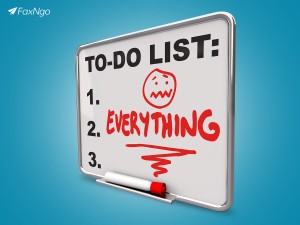8 Smart Tips to Improve Your Multilingual e-Commerce Website

Making your multilingual e-commerce website can help you reach more customers and increase sales. You must support your clients in taking the multilingual route based on customer data and guiding them globally through every buying process step.
Your online store can appeal more to customers if available in multiple languages. According to this CSA Research, 76% of online shoppers want to buy in their native language, and 40% say they would never purchase from websites in a different language.
Creating a multilingual website can be demanding as you must decide which tools and methods to use and put them into practice.
What is a Multilingual e-Commerce Website?
A multilingual e-commerce website is a website that allows customers to buy your products or services in their native language. This website should be easy-to-read and accessible in different languages.
If you want to scale your business, you need to allow different people to access and buy from your online store that is not restricted to only English-speaking users. You must create your multilingual e-commerce solution to satisfy customer needs and expand your business globally.
The Benefits of a Multilingual e-Commerce Website
There are many benefits to creating a multi-language website. The overarching benefit is attracting more customers in more markets and increasing sales for your business. Here are a few other benefits that e-commerce merchants should know:
-
Reduce bounce and improve conversion rates
As per the CSA’s “Can’t Read Won’t Buy’” analysis, 72.1% of customers spend all their time on websites in their native language. Maintaining a multilingual site means foreign buyers who visit your site are less likely to exit instantly.
-
Launch a competitive advantage
A multi-language website will assist you in boosting cross-border e-commerce sales, which could establish a key as we move towards improving an e-commerce-focused retail environment.
-
International SEO
For those who may be foreign to SEO, a company’s online success depends on its capacity to rank highly on search engine result pages. The higher up on search engine pages your website pages rank, the more possible customers will see them.
-
Customer centrism
As the extent of personalization an enterprise can deliver becomes an increasingly significant factor in tying clients and sales, a multilingual website is at the heart of this customer-centric approach.
-
Improve brand image
A site in many languages indicates that you’re operating a global business showing sophistication, complexity, and intricacy. Your industry will be associated with quality and professionalism when all these things look good in the eyes of your customers.
Alright. Let’s look at eight smart tips you should have in mind when building your multilingual e-commerce website.
1. Choose the Right CMS and Host
Choosing a robust CMS will affect your capacity to smooth work processes with interpreters and effectively offer substance in a language and tone that addresses your clients.
WordPress takes around 40% of the web, which helps translate billions of websites. The numbers are enough to convince you that WordPress would be the CMS of choice.
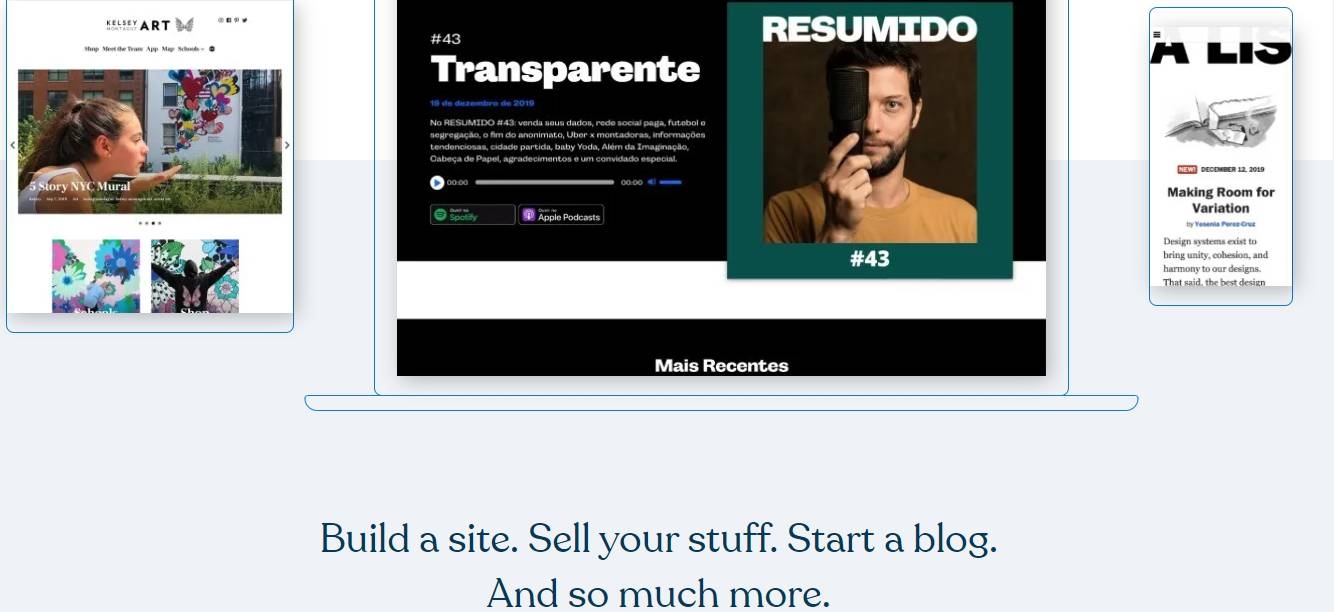
Before using WordPress, you need to choose a host. Take some time to compare different variations available and find the best one for your needs.
The best thing about WordPress is the self-hosted solution has complete flexibility and control. Although it’s more complex than Shopify, it is user-friendly even for those without technical experience.
WordPress Versatility
WordPress is versatile enough to manage any project, including multilingual e-commerce websites. Due to its plugins, you can easily customize your website to expand your online store to multiple countries.
Shopify
Another alternative to WordPress can be Shopify to manage your business. The platform makes it simple for storekeepers to oversee items, variations, assortments, labels, and shipping models in an easy-to-understand administrator while keeping security at the very front.
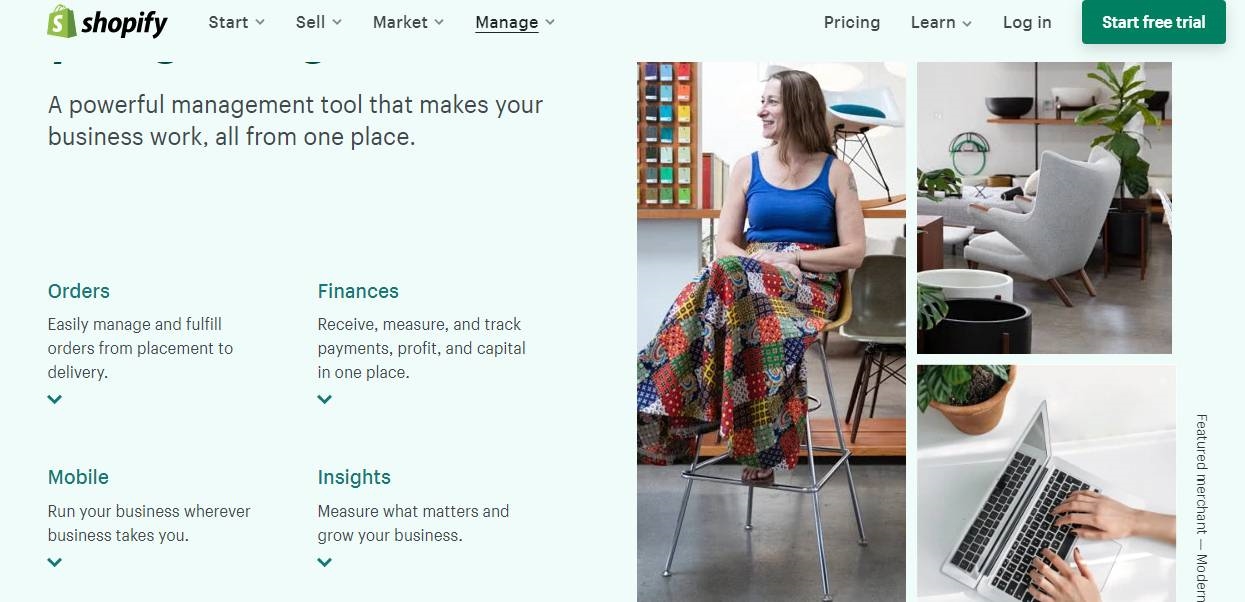
Thanks to a basic integration with many payment gateways, it is one of the organizations’ most famous web-based business stages.
2. Find the Perfect E-Commerce Plugin
One of WordPress’s most significant selling points is its plugin system. There are a lot of different e-commerce plugins available that you can add to your website to overhaul the CMS completely. They can have free and premium options, so choosing them carefully is significant.
Some of the most effective include Elementor, which allows you to design a fully-functional e-commerce website without coding. Thanks to its professional templates and drag & drop editor, you can custom-design your website to reflect your personality.
If you prefer, you can rely on Elementor for hosting. Offering users cloud hosting for WordPress, Elementor is now a website builder that can be relied on for hosting.

Elementor includes an extensive list of e-commerce widgets to build your online store’s vision. It can help you sell physical and digital things, manage shipping and taxes, and create a great e-commerce experience your customers will love.
The best thing about Elementor is that you don’t need to purchase different website templates, costing around $ 100. The excellent pre-built container library makes the overall process more manageable and faster.
3. Design Web Pages with Localization
A successful multilingual website is not just about translating your online store into multiple languages, and it is also about using a good website localization strategy. You can use localization at many levels to build the local customer’s e-commerce experience.
You need to design your web pages with the potential for website localization. Think about multiple languages that will display on your website and which visual elements to use for different countries. It may have an impact on the entire layout of your website.
Check the market out carefully in the locale you plan to sell in.
Make sure to do some exploration. For a thought of what can happen when a brand neglects to do this, many brand marketers have failed with an approval process for their campaign localization.
For example, KFC told its Chinese customers to “eat their fingers off, Mercedes-Benz entered China as “Bensi,” which means “rush to die,” and Pepsi debuted in China with the slogan “Pepsi Brings You Back from the Grave” instead of “Pepsi Brings You Back to Life.”


Here are a few ideas for a consistent website localization process:
-
Design your global gateway.
Make it simple for users to find a specific localized website version. You can use the drop-down box to select a particular language from the list, build landing pages that direct people to their native language site, or list all possible languages on web pages at the bottom of the website.
Give an option to choose a different language version.
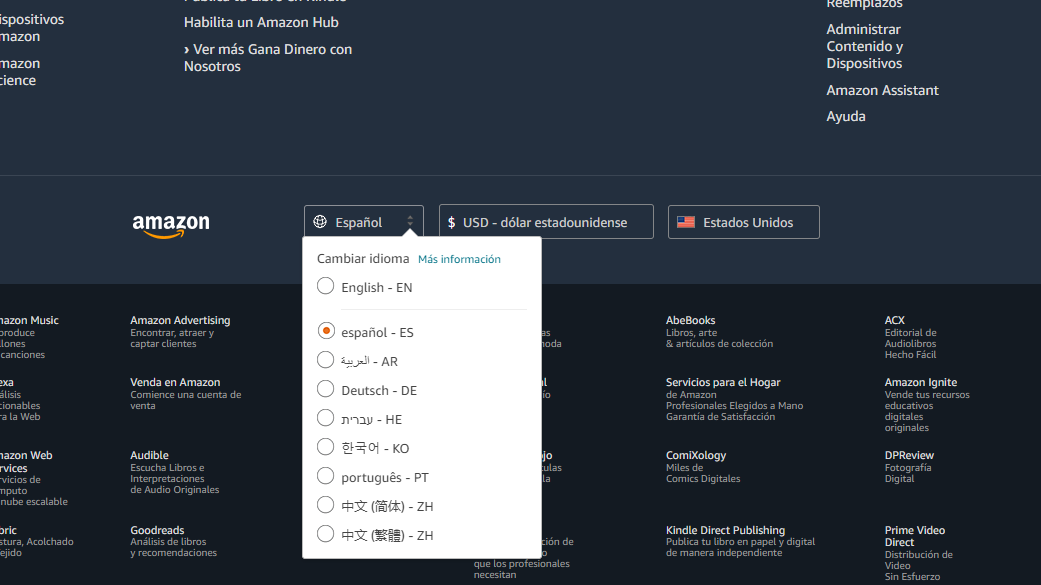
2. Match your website to the internet speed of your target countries.
You know that a website designed for the Internet in India would be slow in Venezuela. Make sure to optimize and remove graphics and large files that can result in slow download times for users.
3. Use culturally appropriate images and visual elements.
Specific images or icons that can be normal for Western audiences can potentially offend another culture.
Some pictures that show gender equality or gay couples might be offensive in countries where women’s rights are not entirely accepted and homosexuality is still illegal. You can use Depositphotos to find high-quality and culturally relevant images for your website.
For example, if you visit Clarins’ Japanese homepage, it features an image of a Japanese woman.

4. Choose culturally appropriate colors.
Some colors can lead to cultural implications and conflicts. Make sure to use colors that evoke positive associations. For example, blue is the most globally accepted color for design.
5. Format date and time conventions.
to support local variations. For example, Europe and the UK format the date like date-month-year, while the USA uses the month-date-year format.
6. Use different URLs for different language versions.
Use Hreflang annotations to help Google connect search results with the correct language versions of your website.
To better understand a specific country’s values, working with a language service provider who knows all the cultural and linguistic intricacies would be great.
For example, one of the biggest sports brands, Nike, became successful thanks to understanding local audiences and adapting their marketing. The Chinese version of their website focuses on Chinese models and a new clothing line.

If you look at the Canadian version, the first difference you notice is the focus on exclusive products and summer vibes.

If you live in Egypt, you can see the focus on a new running shoe launch and offer customers where to find a flexible training plan using the mobile app.

7. Translate Your Content
If you already have an online shop, it is time to think globally and translate your content to multiple languages. With the help of a translation plugin, you can simplify the translation process of all your web pages.
Regarding effective translation plugins, TranslatePress offers all the functionality you need to translate all the pages on your site by yourself. It doesn’t require special skills to fiddle with code to make customizations for every level.
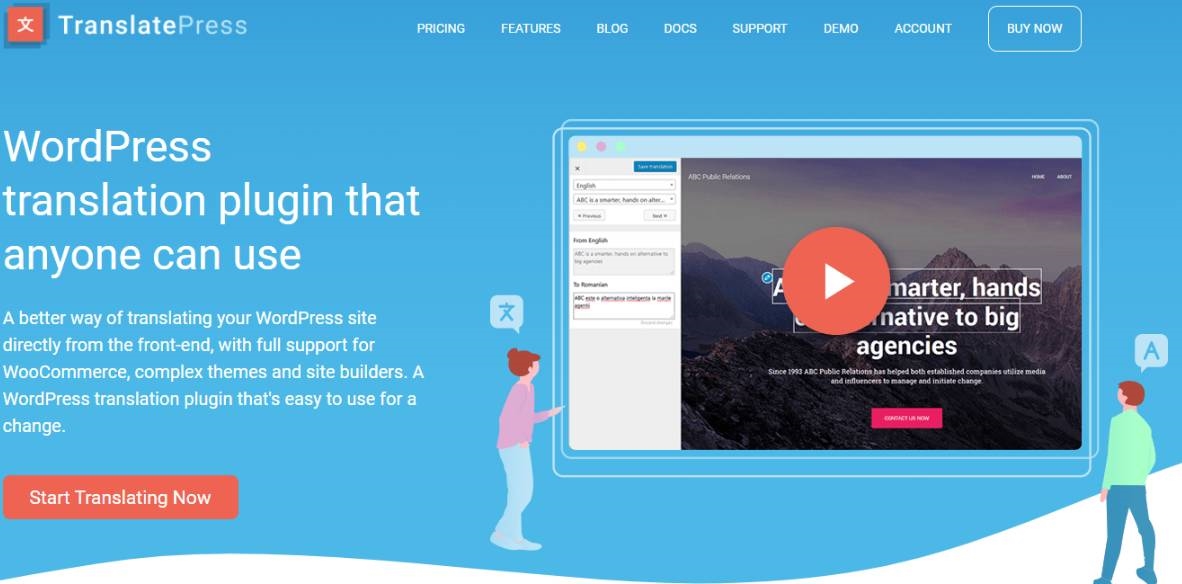
Due to its intuitive user interface, you can easily optimize and translate your content visually directly from the front end and instantly view published changes. The best part is working out of the box with WordPress without extra compatibility, and you need to install the plugin and work on your e-commerce site immediately.
There are other different translation alternatives like Weglot, Polylang, and WPML that you can try out. You can also manage all your translations through their dashboards on your e-commerce store.
8. Craft Your Content For a Specific Region
Making your website multi-culturally relevant can be an excellent idea to expand your reach and increase sales. Once you show that you cater to your international customers and follow their cultural needs, they will trust your brand and feel more connected to your products or services.
When it comes to international content marketing, simple translations can’t always work. You must tailor and localize your content based on your audience’s needs, values, and standards.
One of my good friends, Trent Kelly from TK Injury Lawyers, recommended investing in high-quality translation or finding the right person for multilingual campaigns who can adapt content into another language. The best idea can be to work with freelancers or translation experts who can develop excellent-quality and localized content.
Check and double-check your content
Double-check your content. You should test the readability in all languages you deliver to your users. Check your multi-language text’s style, format, and alignment.
For example, McDonald’s could modify and adapt their content for each country with their family restaurants based on the nation’s favored variety range, cooking, and realistic style.
Here is an example of McDonald’s Japan:

McDonald’s Spain:

McDonald’s Australia:

9. Implement International SEO
SEO is the primary issue for multilingual e-commerce websites to rank high in different languages. You know various countries and languages well and have various popular search terms you use to rank high in search engines. People can even use other search engines. For example, customers in China prefer Baidu instead of Google.
Multi-language websites require special attention to reach as broad an audience as possible.
Let’s take a look at some valuable global SEO tasks you should take into account:
- Create a sitemap that includes all languages.
- Redirect visitors based on the preferred browser language.
- Use Hreflang tags to help detect the language and region of a page it is intended for.
- Choose your URL structure.
- Make properties in Google Search Console for the principle space and set up properties per language subfolder.
- Find long-tail keywords in different languages.
- Interlink between language variety pages.
- Use extensions and plugins with multilingual features.
Make sure to audit your multilingual website for SEO and performance. You can use WebCEO Website Audit to check how fast your site loads, find and fix all possible technical mistakes, optimize heavy images and CSS files, and improve your overall user experience and page speed.
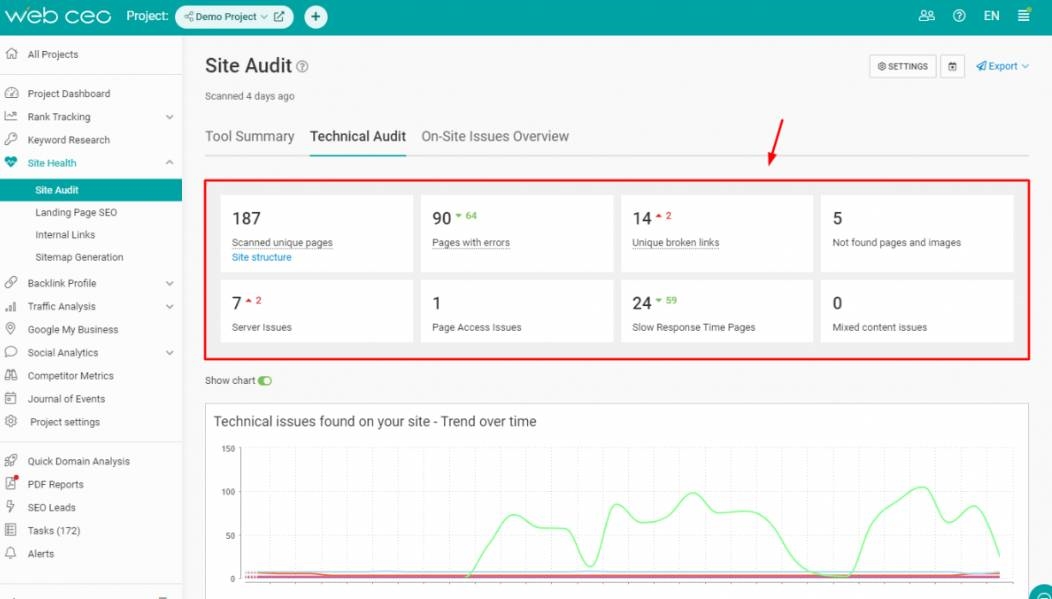
1. Offer Multiple Currency Options
When shoppers visit your online store in their local language and currency, they will feel more confident buying from your site. Not showing prices in a local currency can be a giant conversion killer. According to RIS, one in four buyers will abandon a site that doesn’t display products or services in their local currency.
Currency conversions are a must-have for each multilingual e-commerce site. It can help you ensure that your prices are competitive enough in local markets and help people make better-informed decisions about their purchases. With the increase in technology systems, you can use software to help you quickly navigate the world of multi-currency pricing and build an international brand.
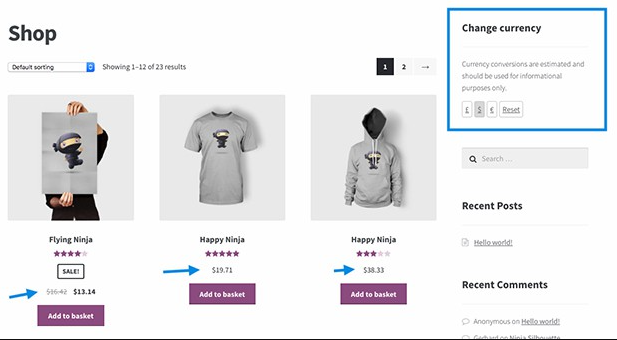
Pro tip: create a list of your current competitors and regularly monitor their prices to ensure that you offer high-quality products for a better price. To determine a perfect pricing strategy, you can use Prisync to analyze competitor pricing and stock availability.
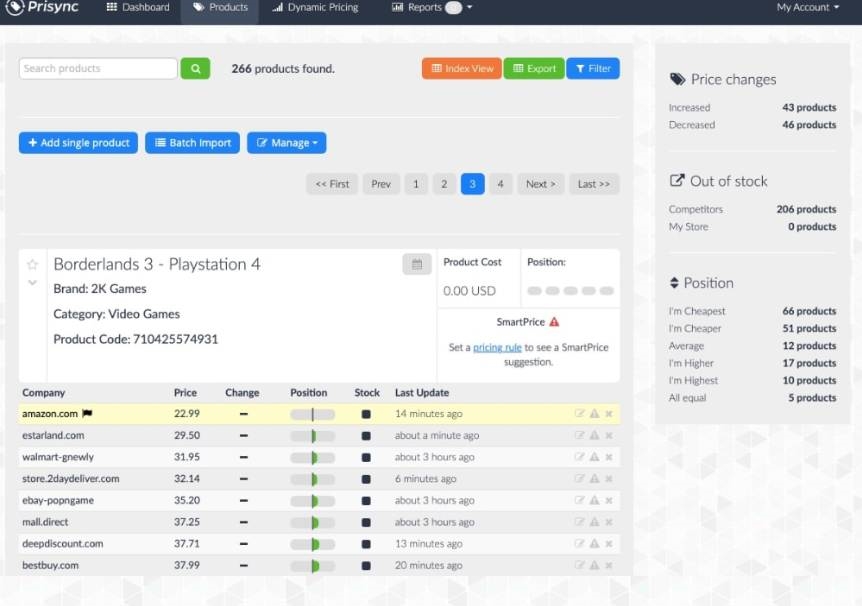
2. Consider Local Regulations
It’s essential to comprehend the neighborhood working climate before you focus on confining your site. Every country has its own local regulations on data protection, privacy, taxes, customer support, terms of service, etc. You need to consider all these details when operating legally in different markets.
The best way to do that is to hire a local legal specialist who better knows the regional regulations where the business operates. This service can be pricey, but it will be worth its money.
Let’s say you have a business in the USA and want to enter new markets like China, Japan, and South Korea. All these countries have different regulations on refunds of products bought via the Internet and social media, and it won’t be enough to translate all your web pages. It would help if you considered each country’s customer returns and refund policies are correct. Take some time and do this carefully.
Wrap Up
A multilingual website can offer many benefits to online merchants and retailers. The main one is the ability to take your business international and increase sales by reaching new customers.
Before developing a multilingual e-commerce website, you should consider many things, including which languages and currency you want to use and how to operate your business legally in different countries. Take your time and patience to create a good plan, and proceed cautiously.
What other tips do you use to improve your multilingual website? Please share with us below.
All Inner Article Images: Provided by the Author; Thank you!
Featured Image Credit: Photo by Karolina Grabowska; Pexels; Thank you!
The post 8 Smart Tips to Improve Your Multilingual e-Commerce Website appeared first on ReadWrite.
(21)

